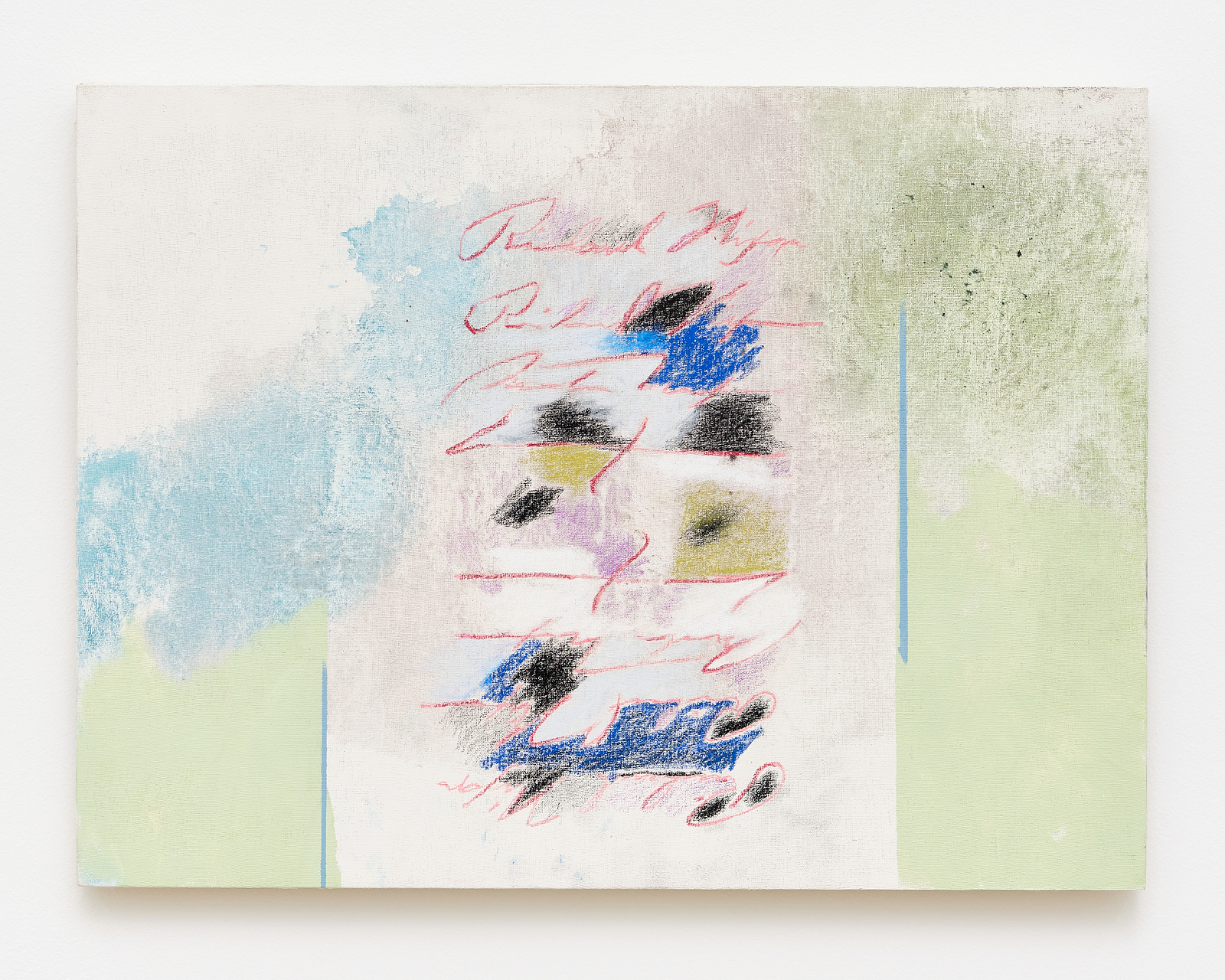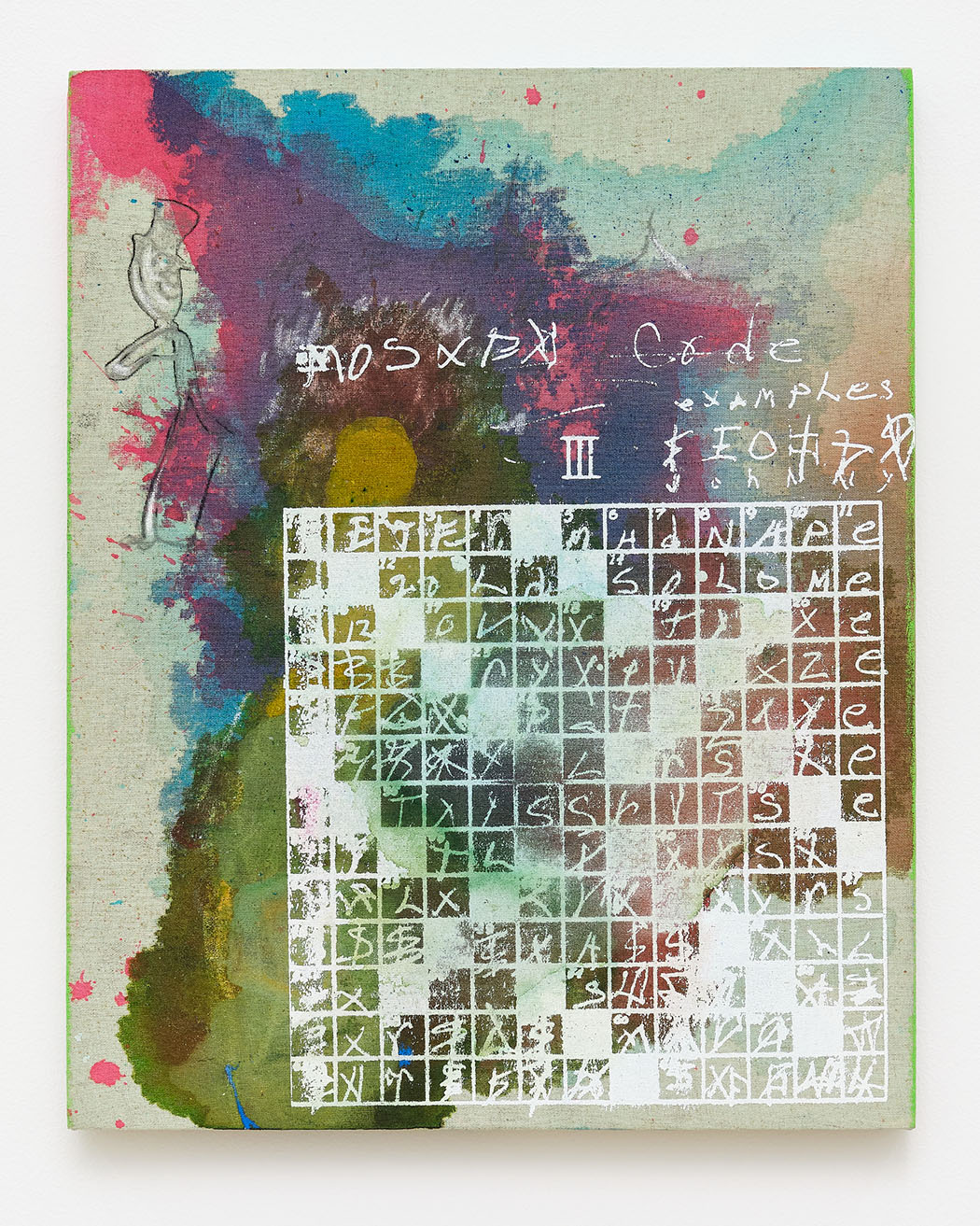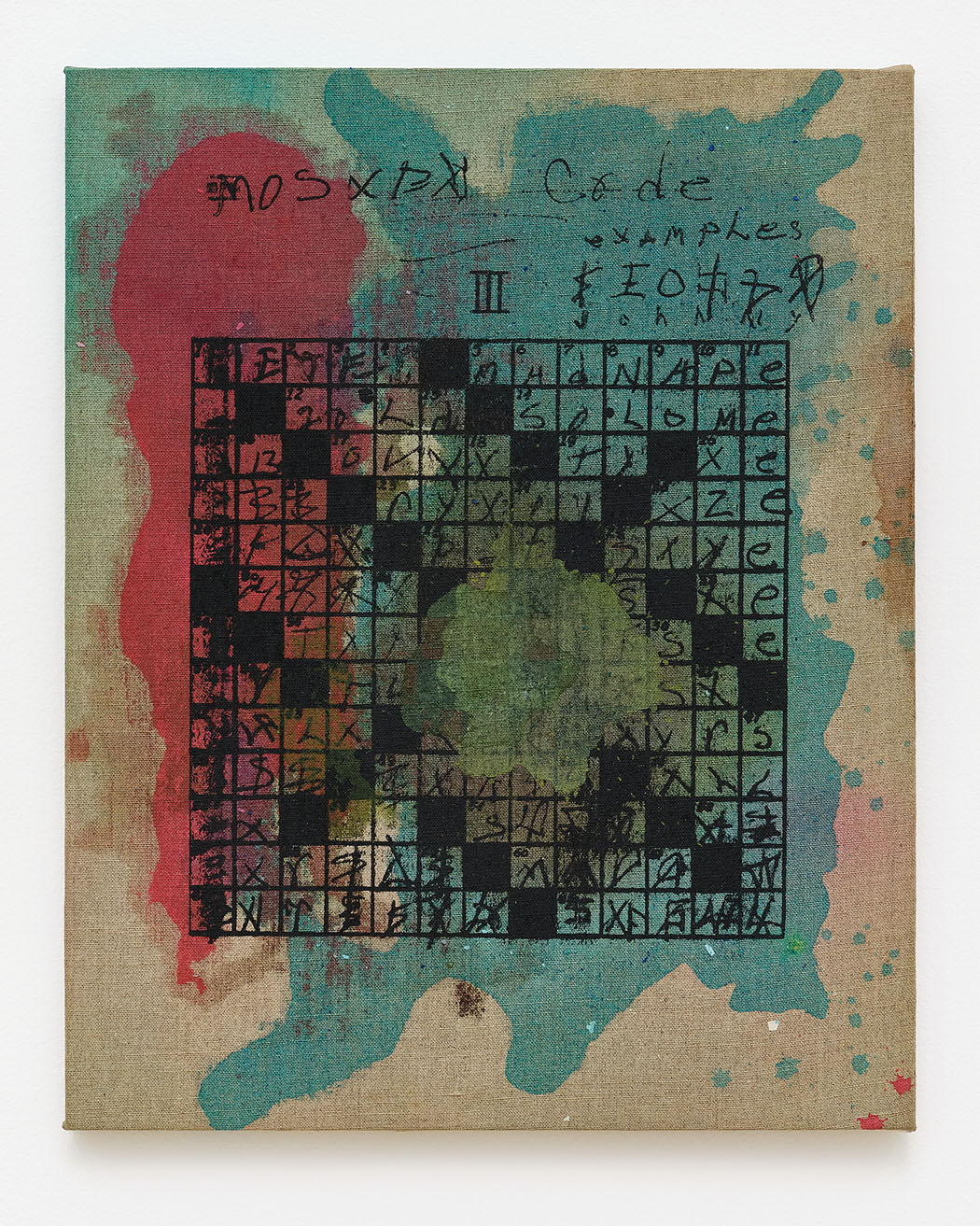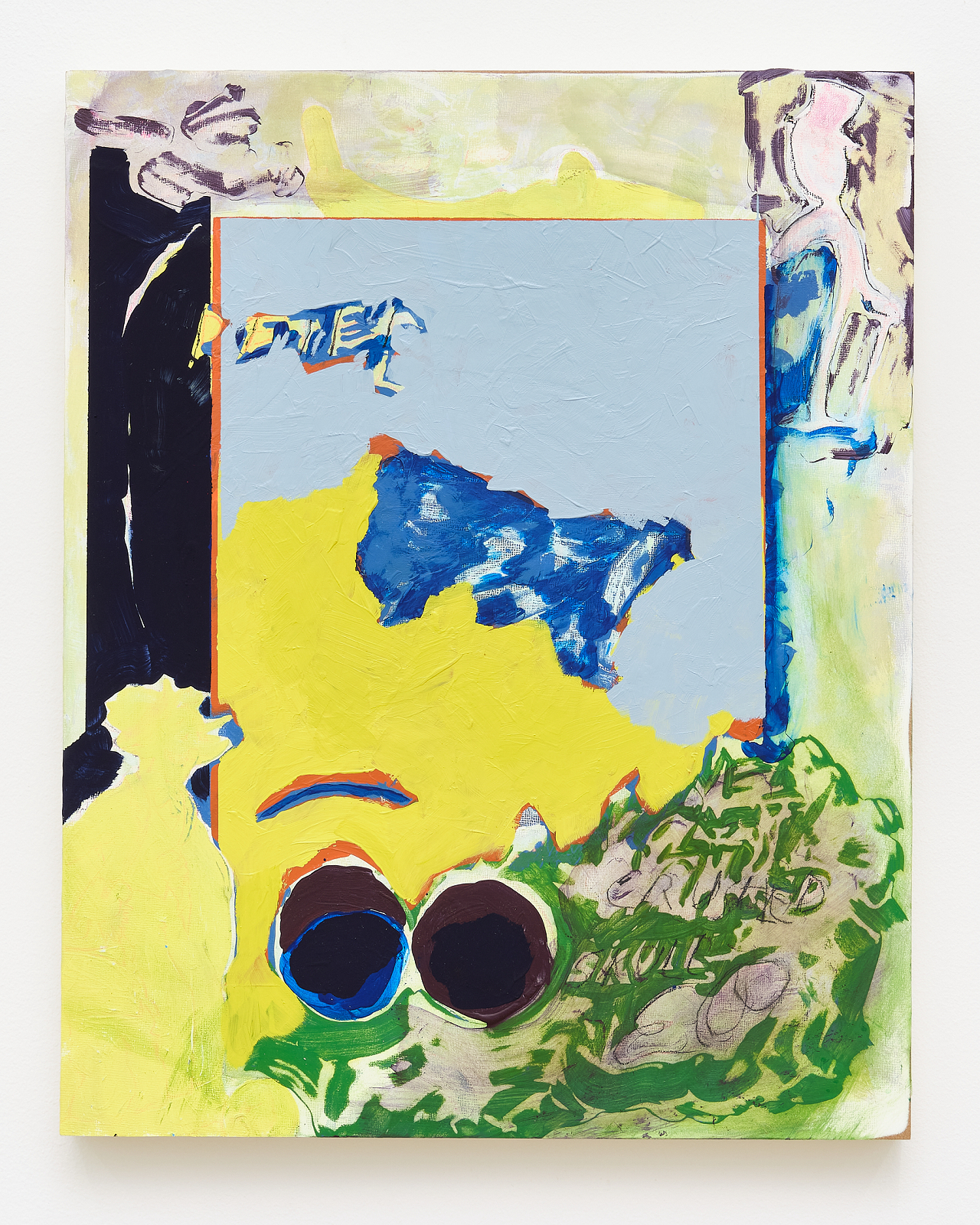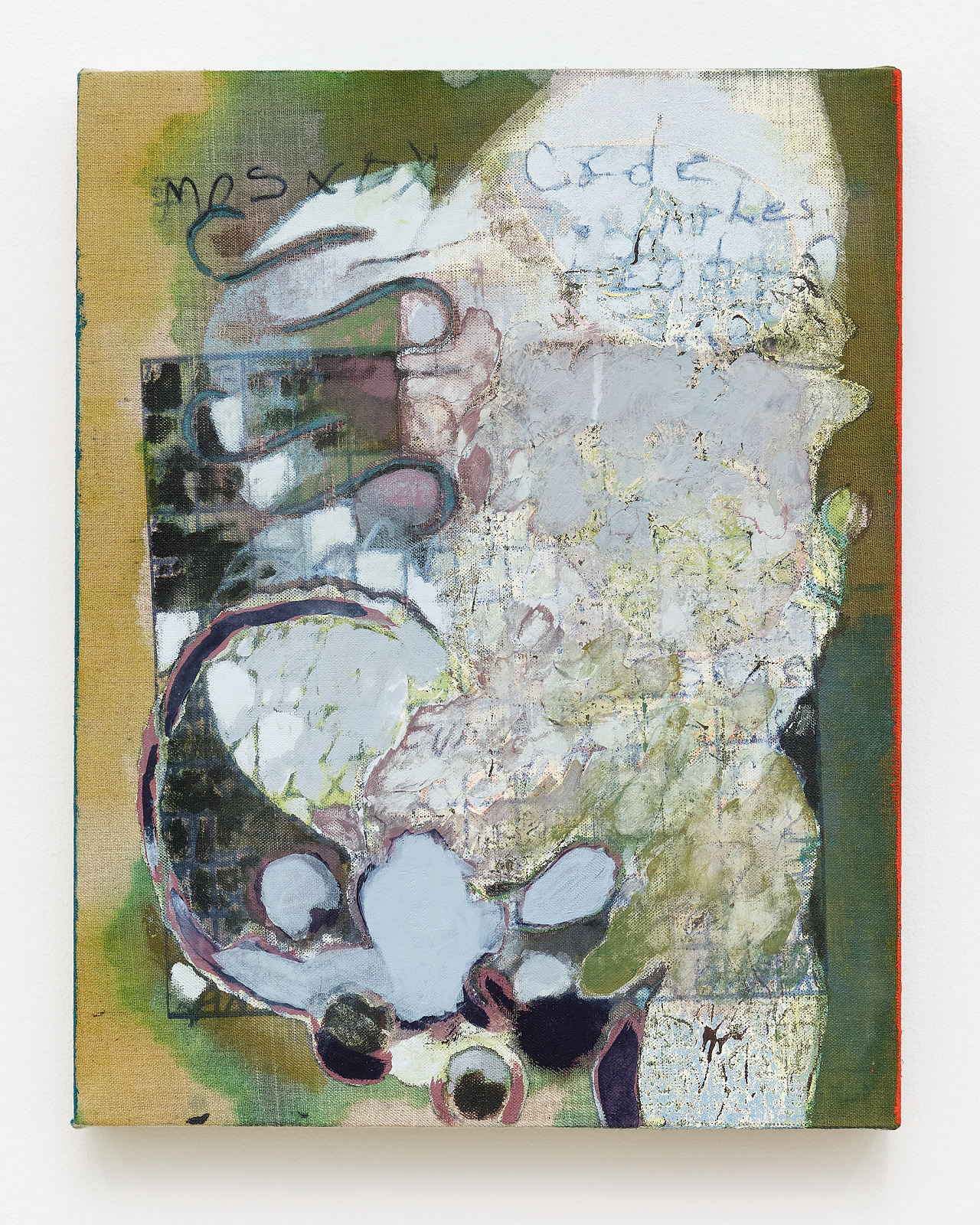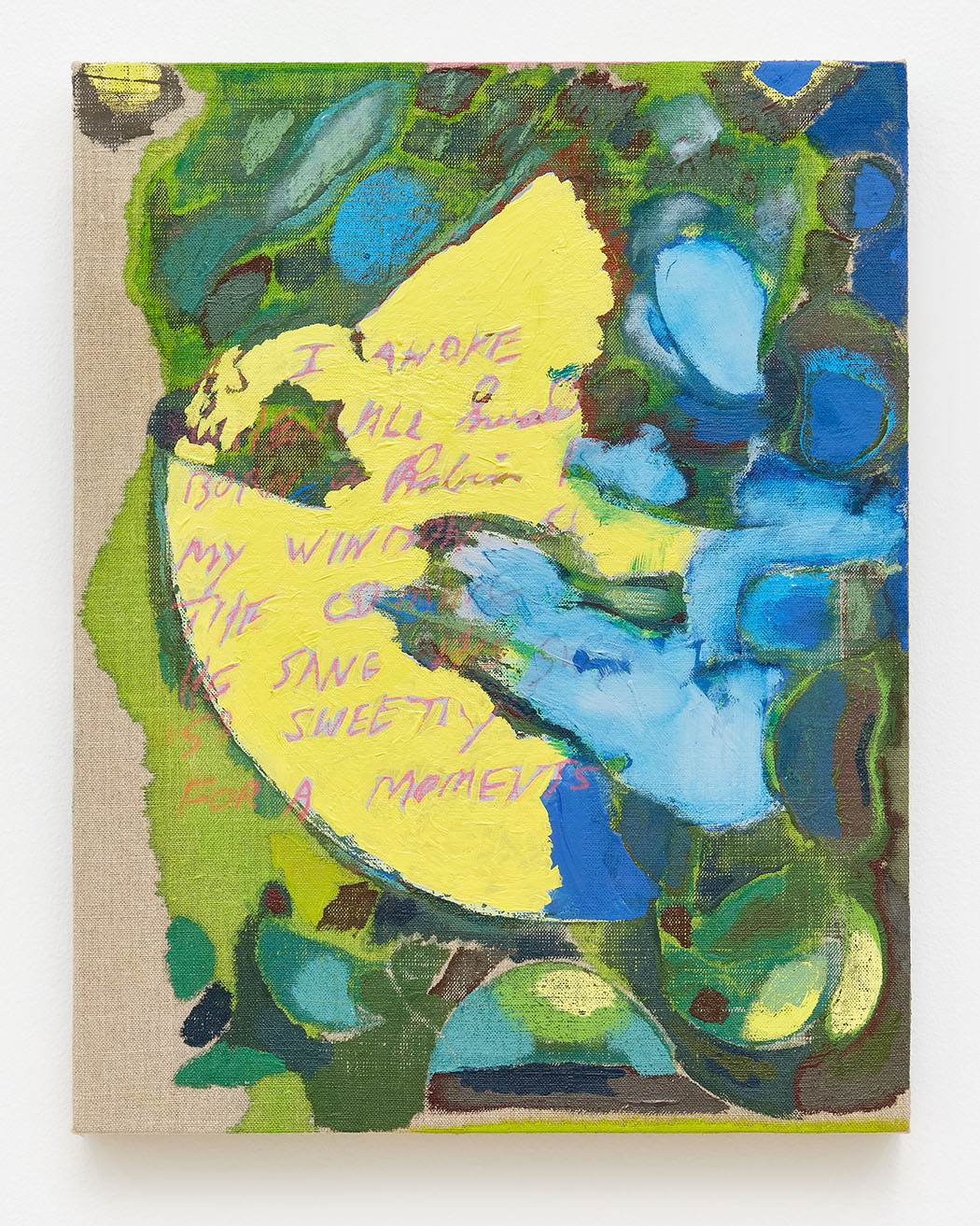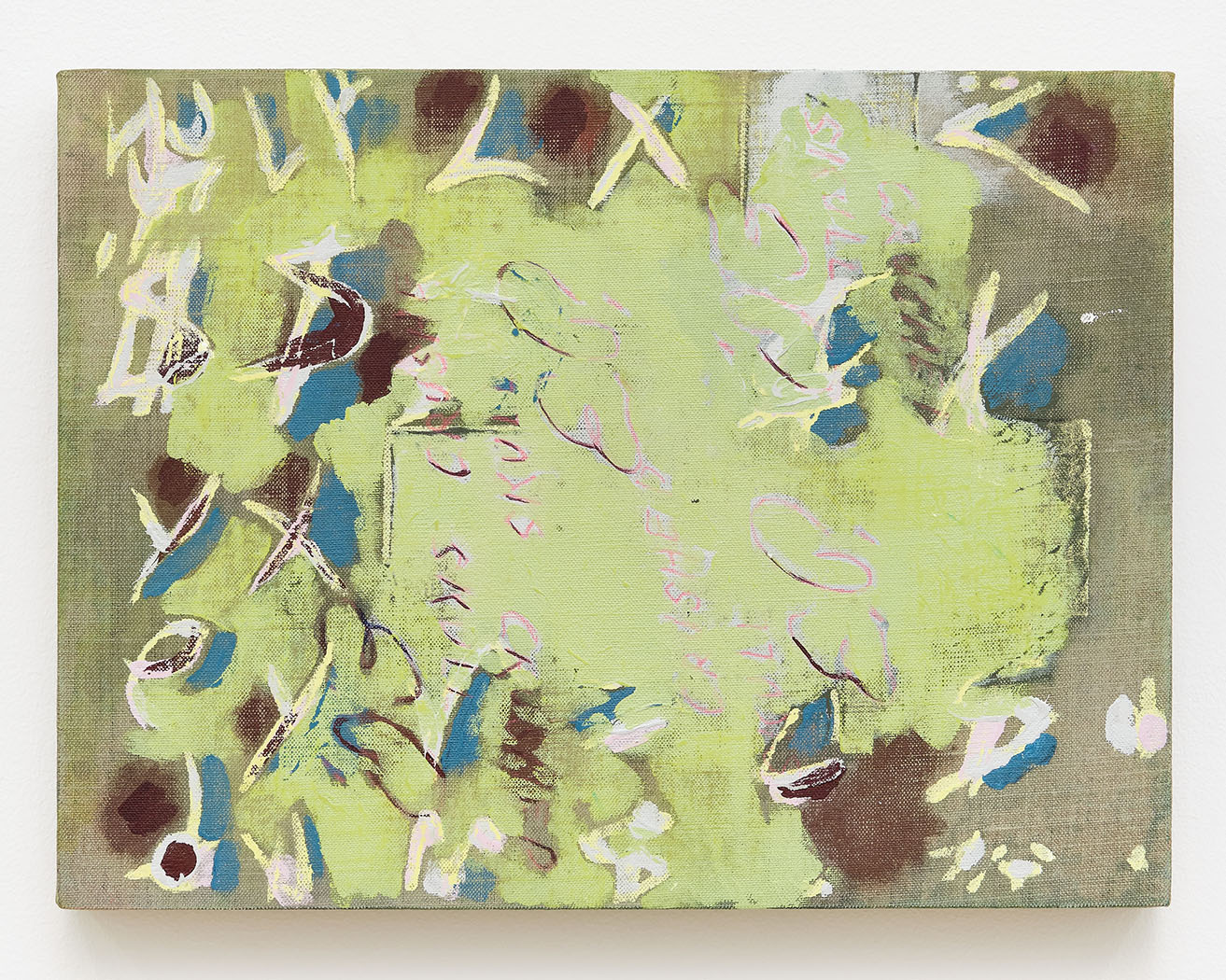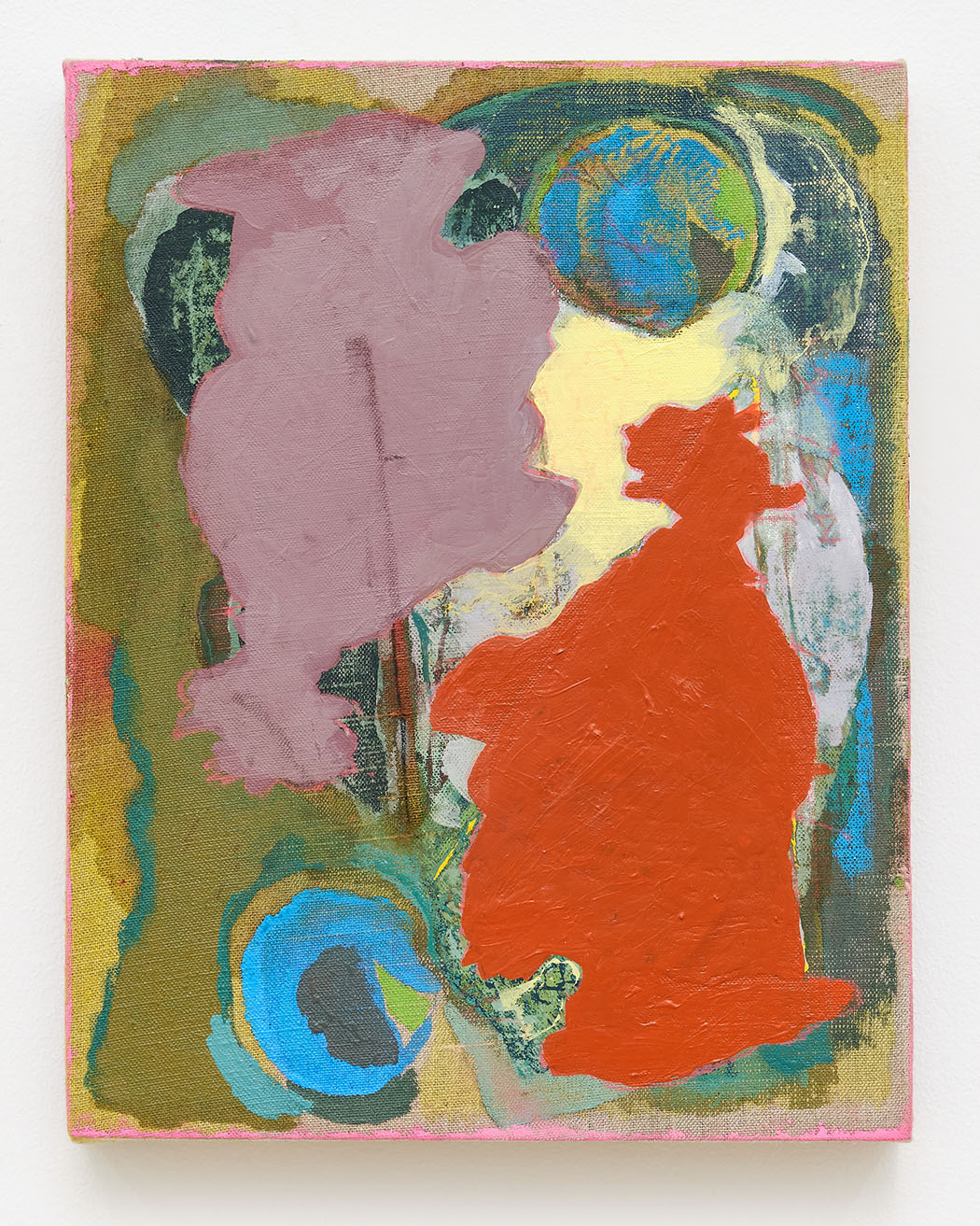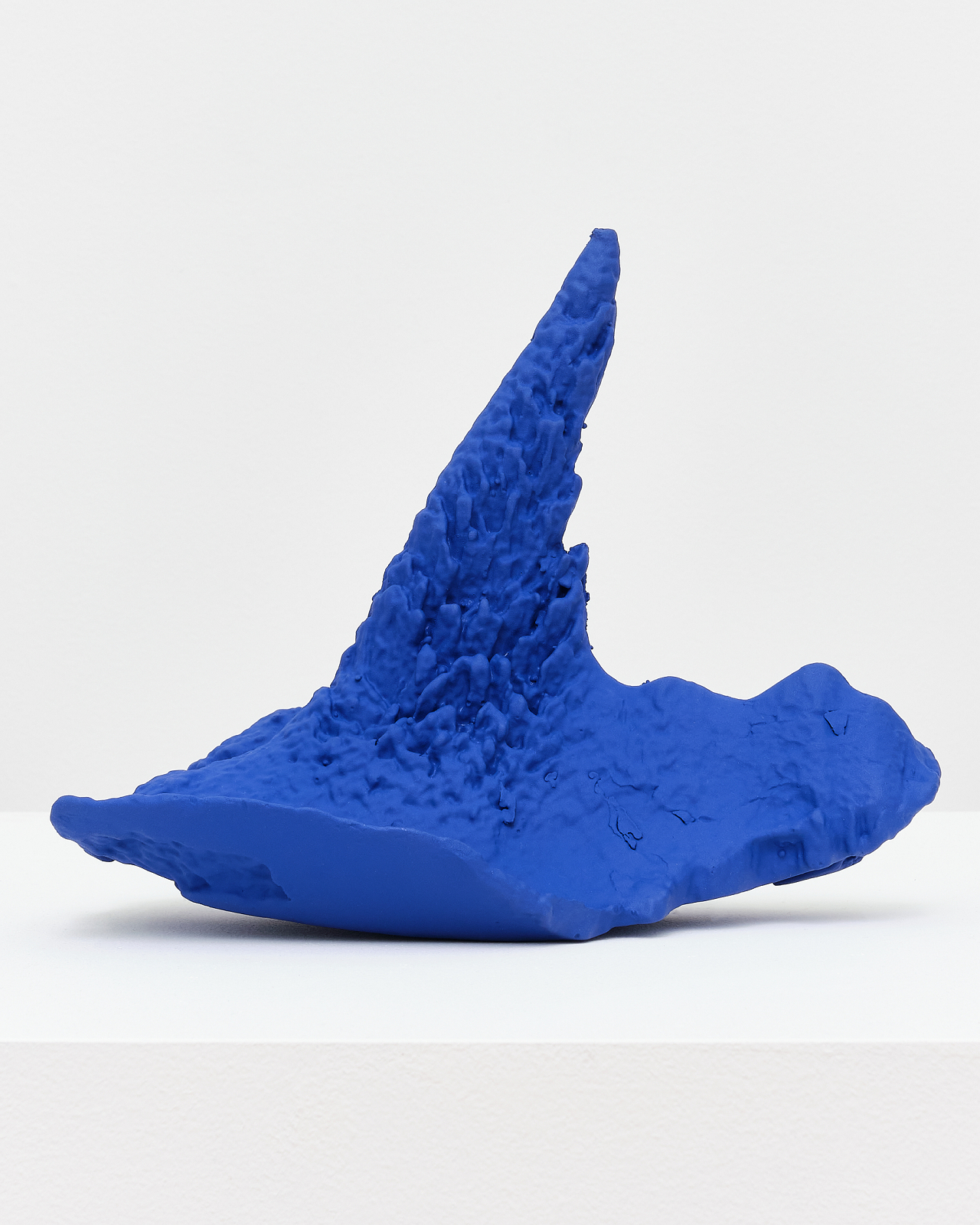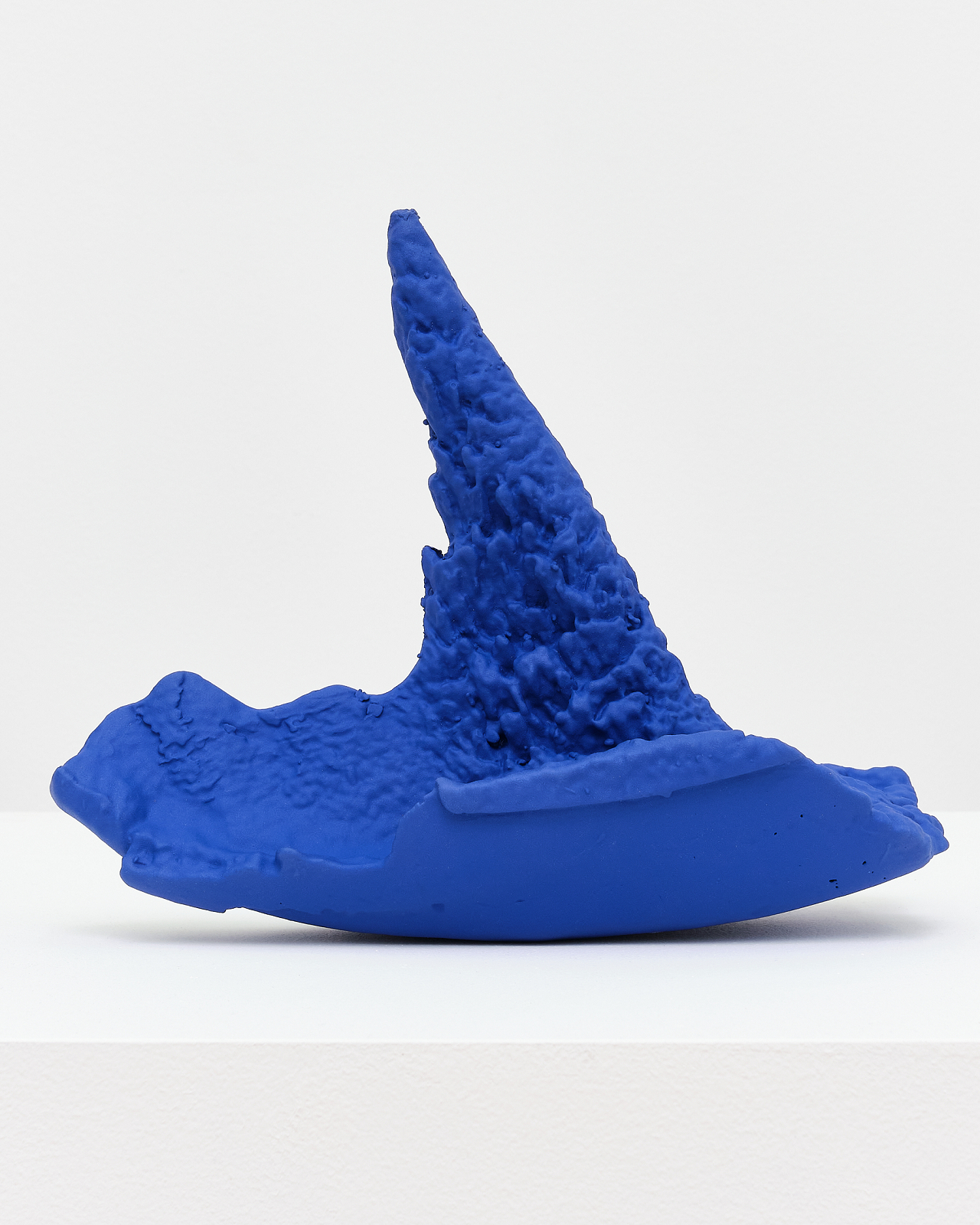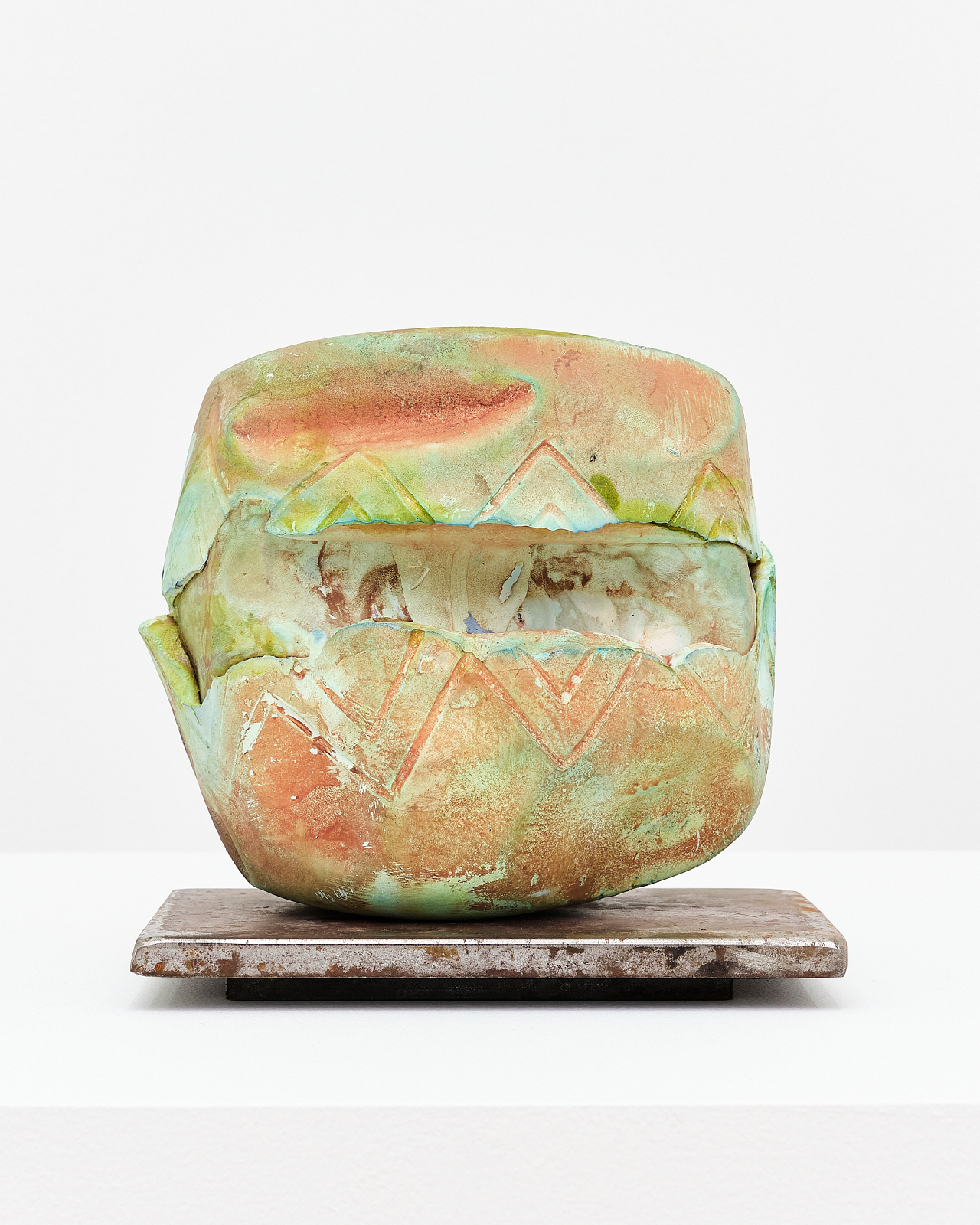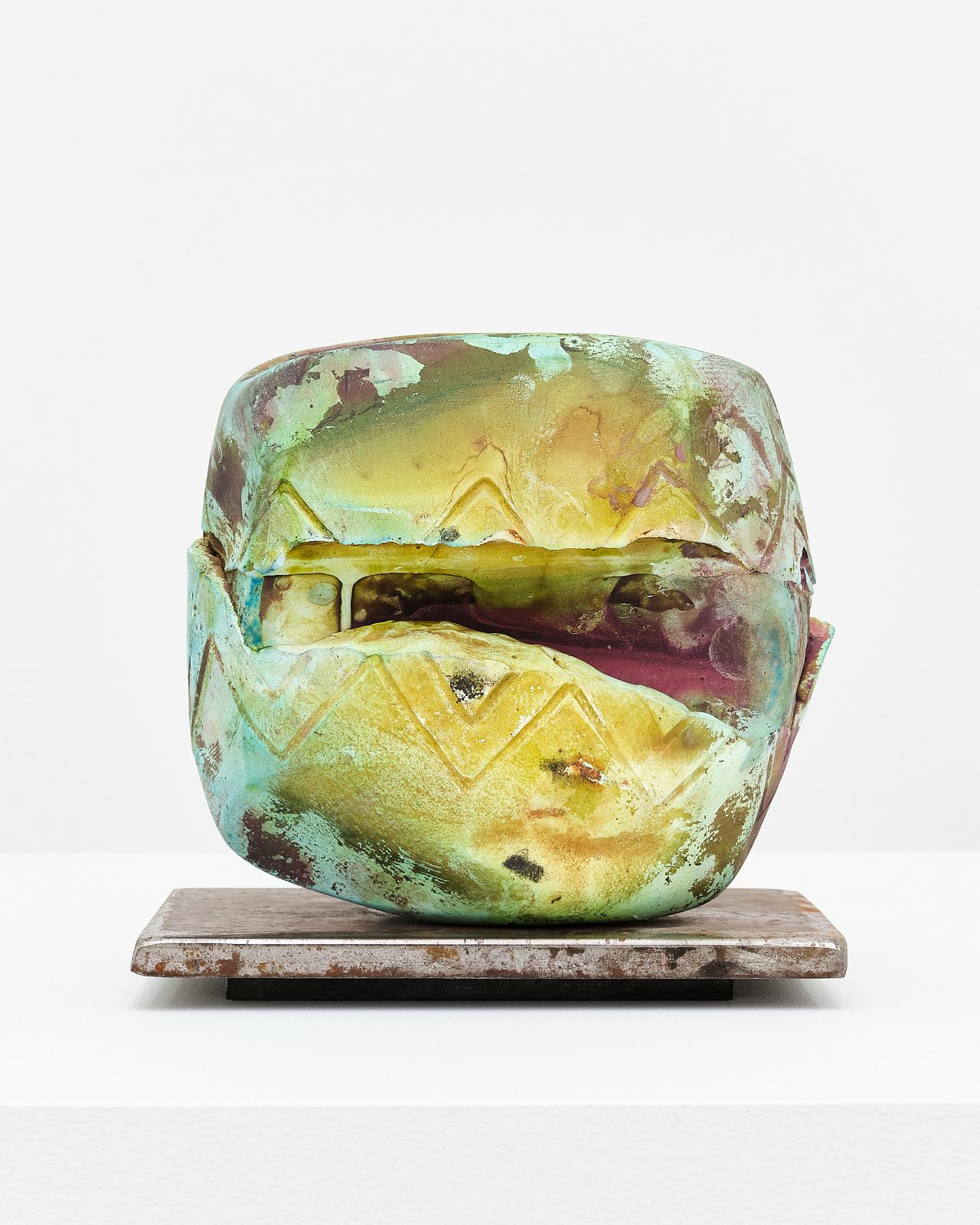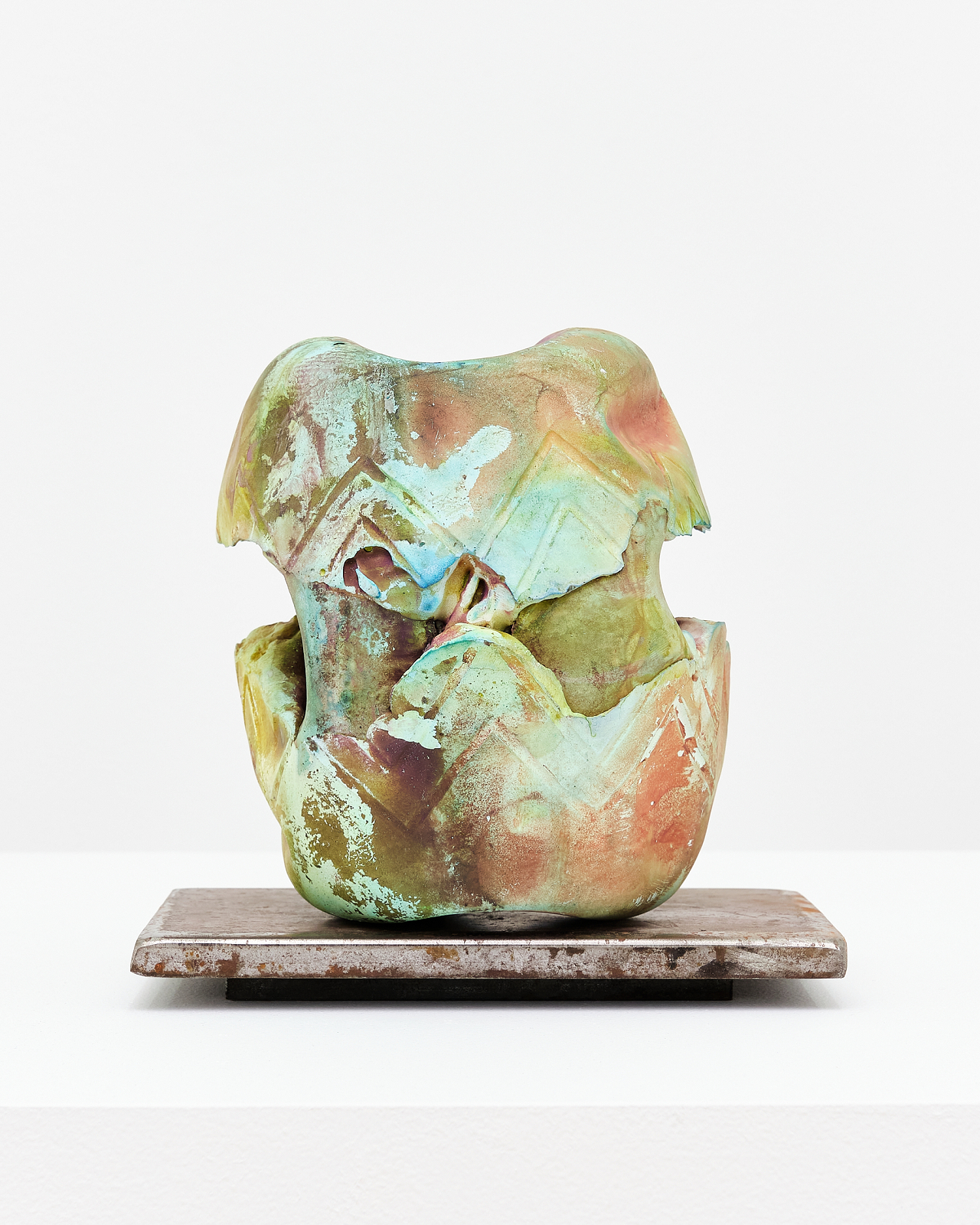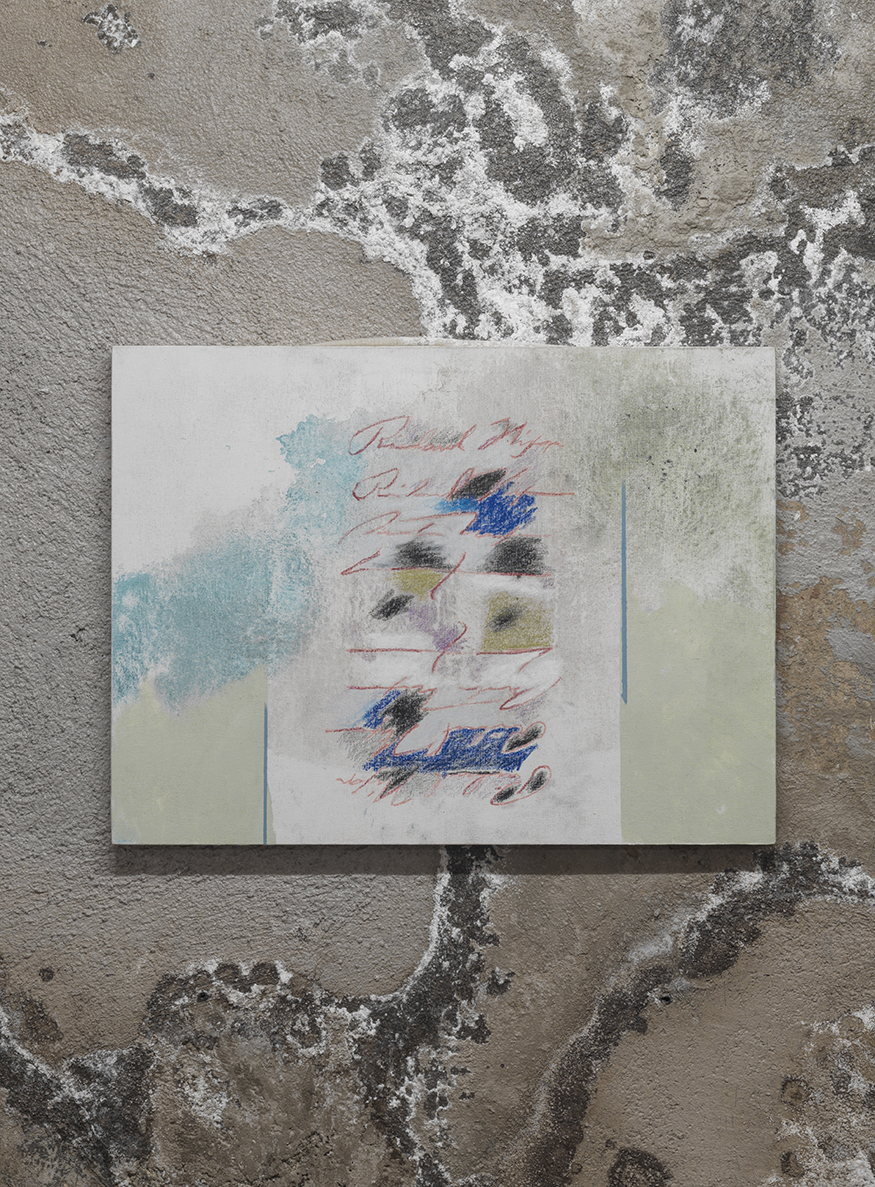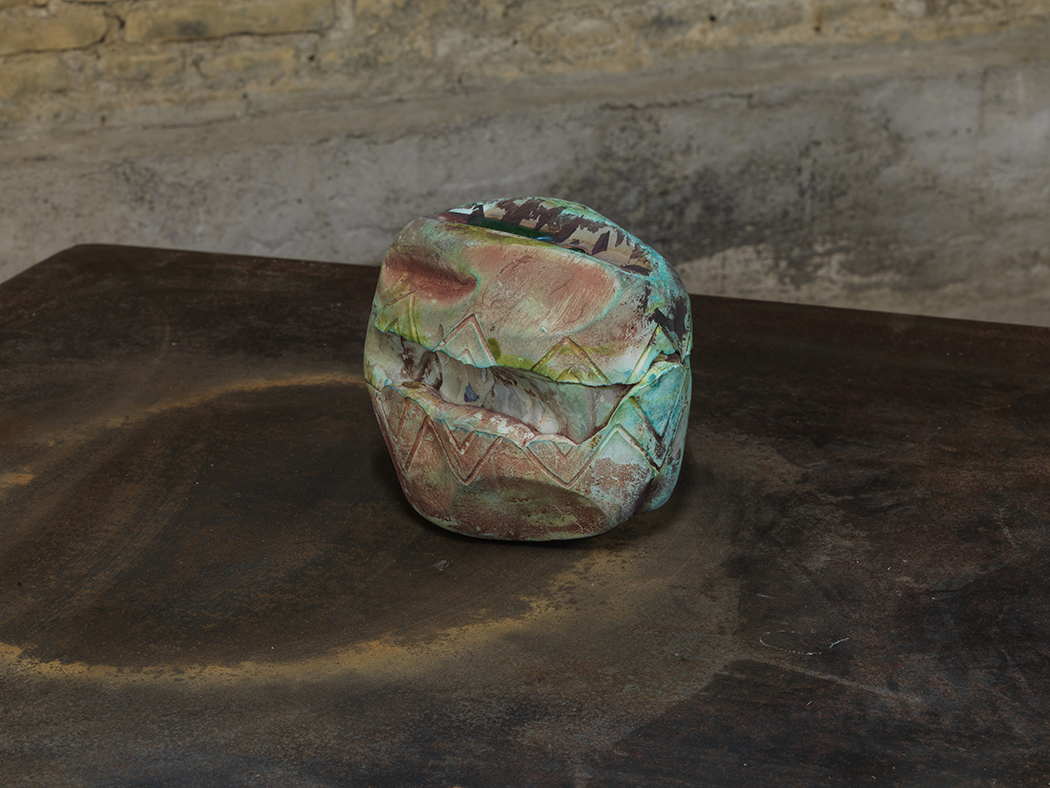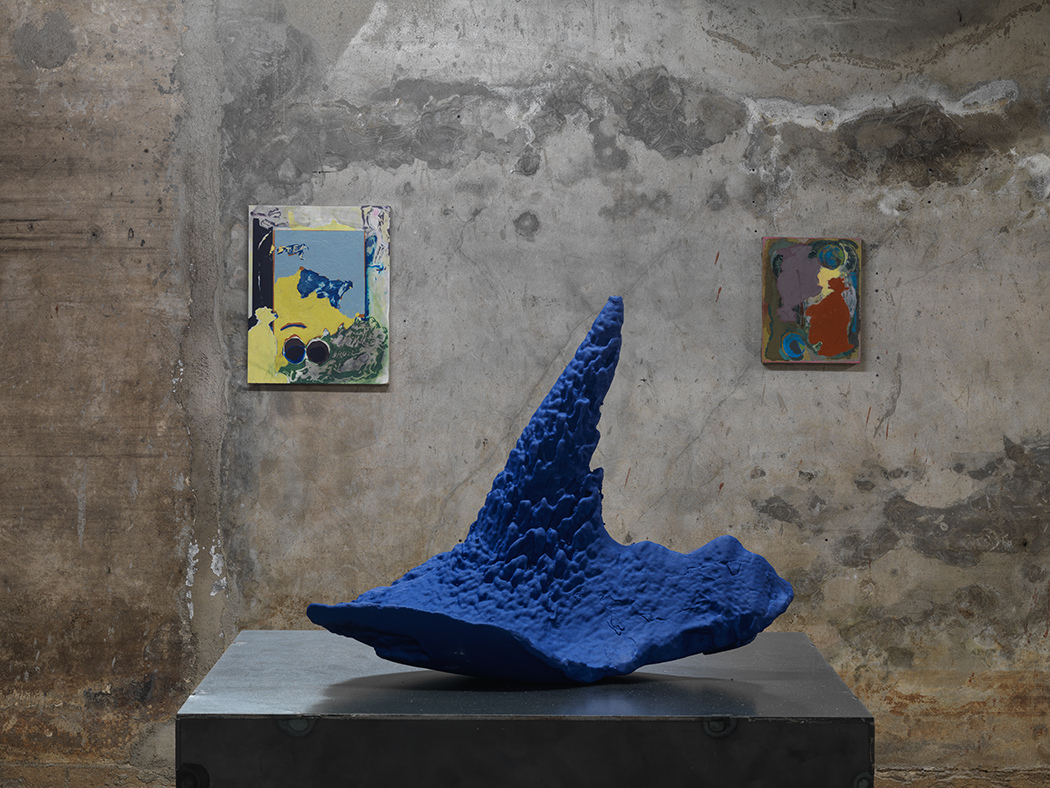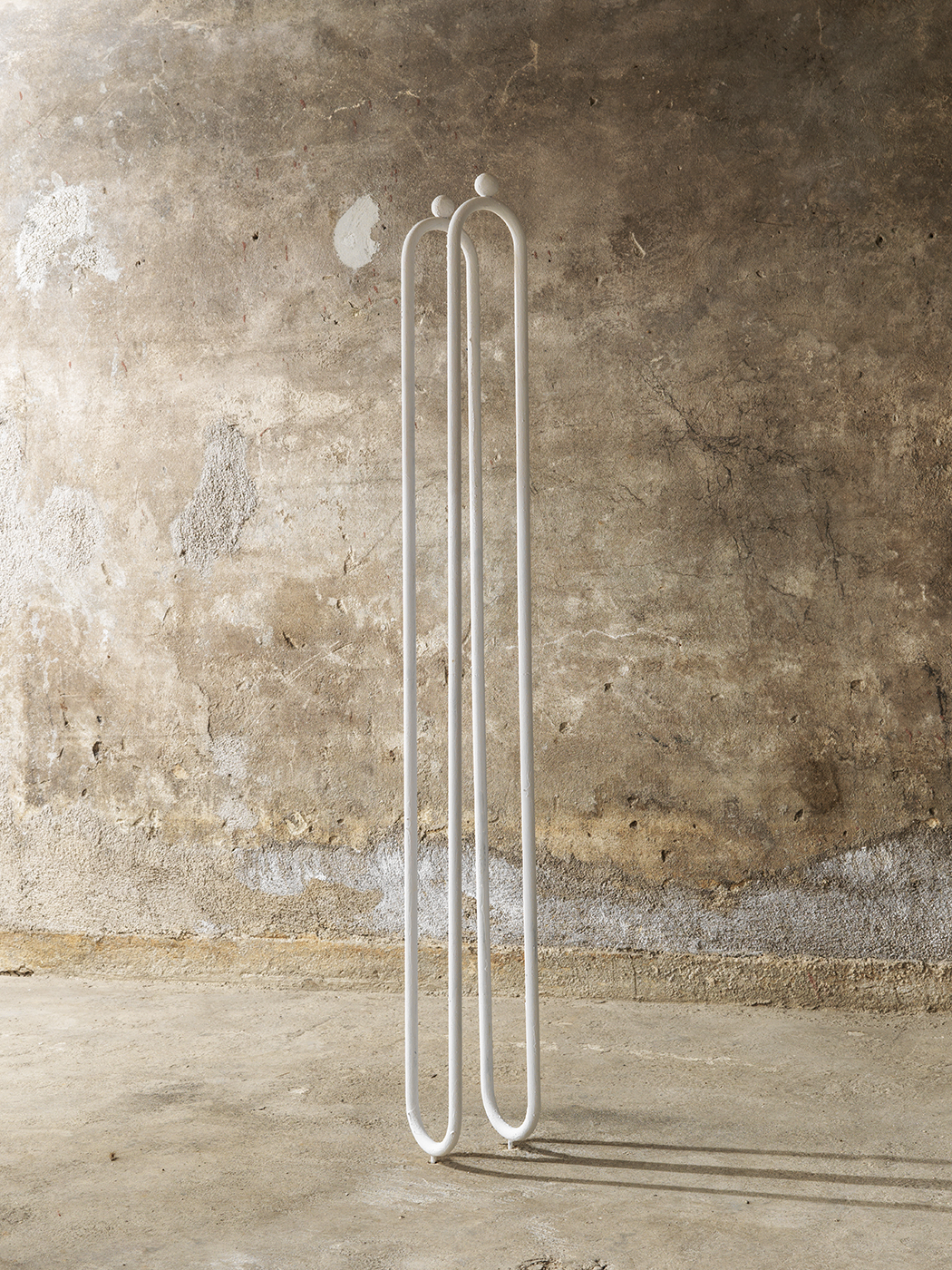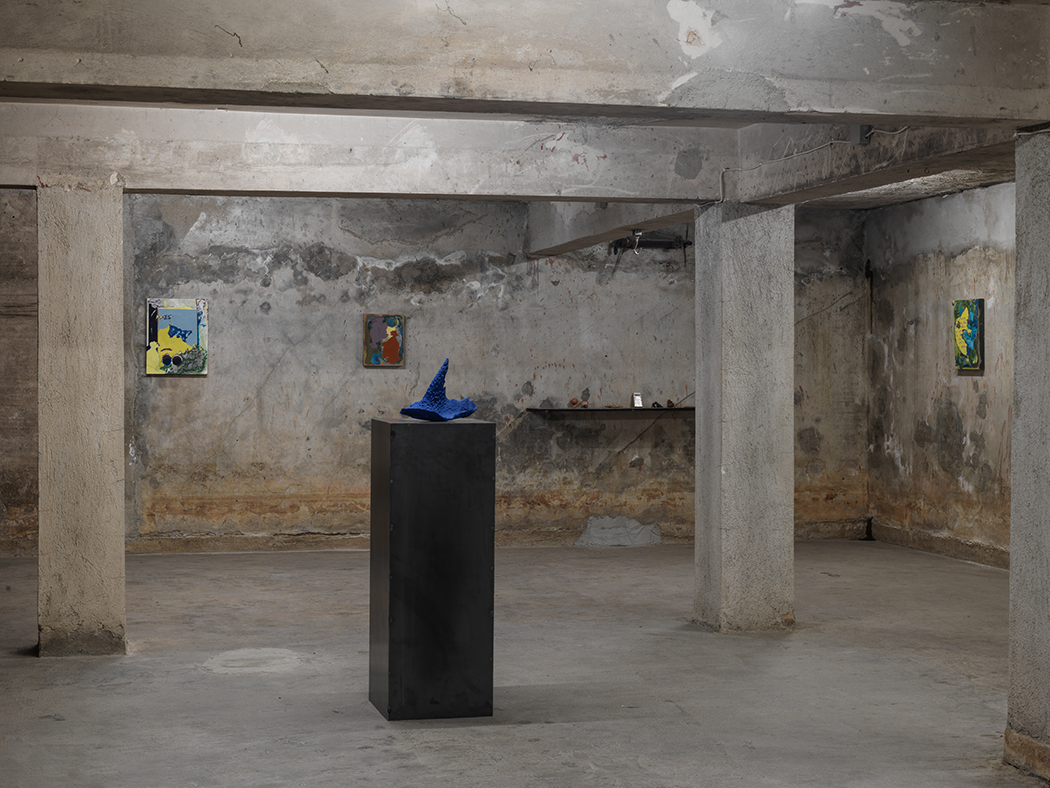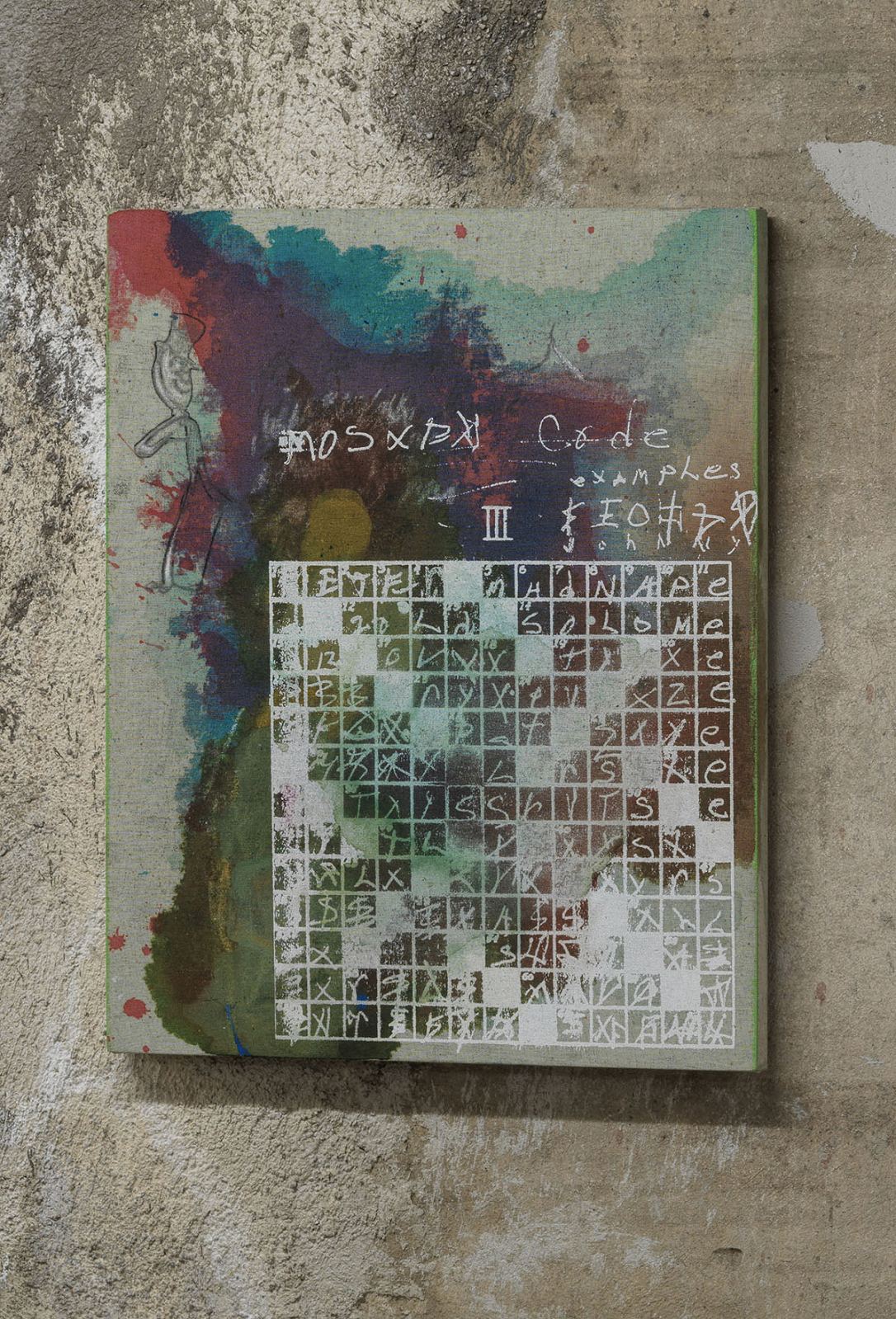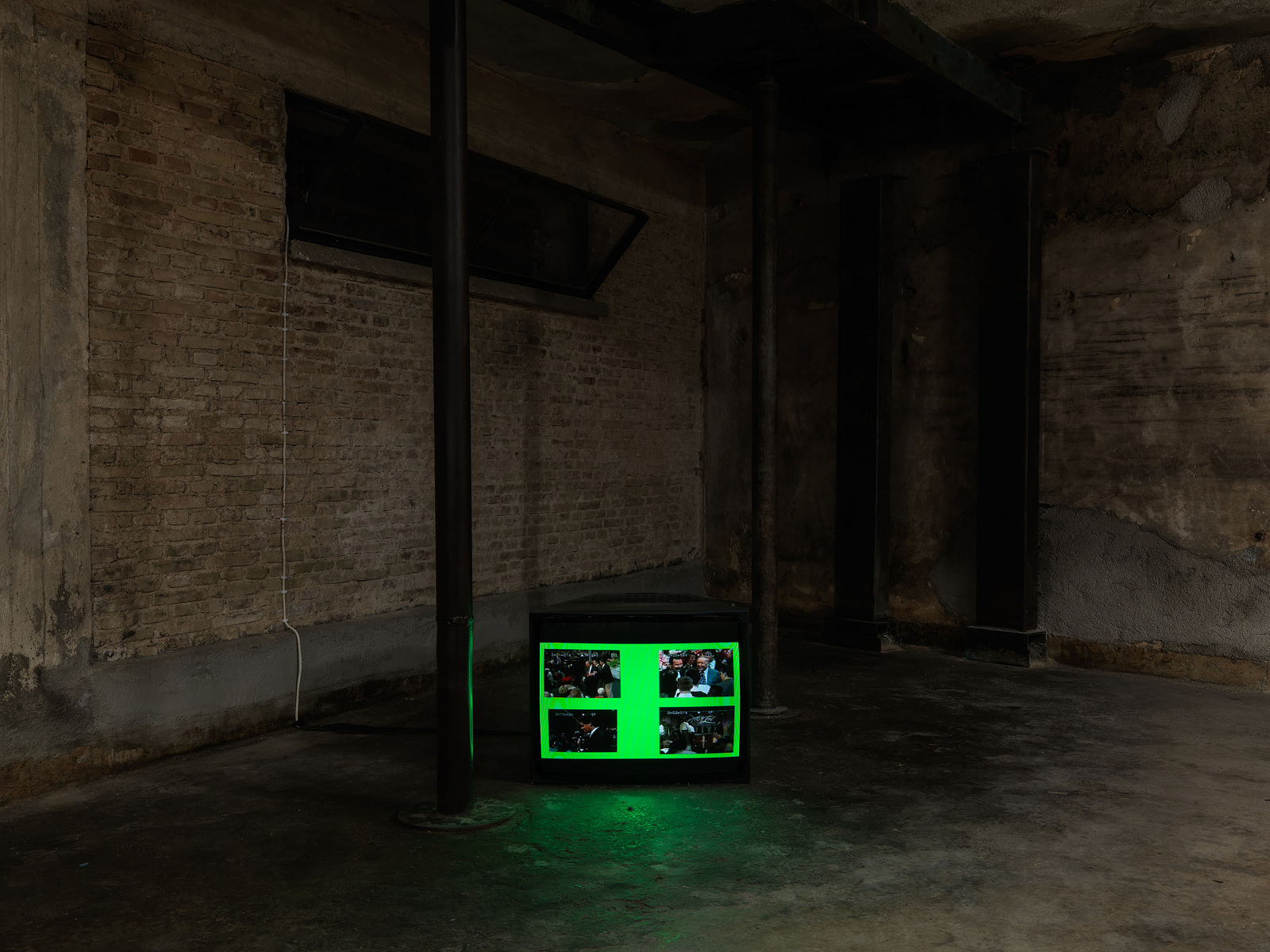THE BING BONG SHOW
SAIGON
Athens, Greece
10.24.24
Conversation with Juliana Halpert & Jasminne Morataya on the work of Dirk Knibbe
JH: How does love stand the test of time? JM: How do objects, memories, and symbols accumulate meaning (or fail to)? How does love—or anything—stand the test of time? Everything eventually eclipsed, collapsed into a series of unreadable glyphs, older than… A folding chair. Q: How do you interpret the tension between completed and unfinished? What does completion mean?
JH: Dirk’s work might just be one continuous project. Objects and habits and motifs are plucked from his private wunderkammer, arranged into a new melody for a new or renewed audience, then placed back in their cabinet. Each show is like a caesura. He doesn’t merely play, he conducts. A true showrunner. JM: Many people could stand to look at Dirk’s work and end up with a melange of art-historical or experiential references that say more about them than about Dirk, which is what the work often lends itself to in its modularity, obliquely curated ‘moments’, and overall tastiness–showings of the artist’s work are often an occasion for a multifarious expression of the beholder’s share. Which is not to say that he is not doing a lot of heavy lifting here. JH: There’s nothing cutesy or casual about it, that’s for sure. He bends steel. And he can paint like the old heads. But his paintings are fresher, jazzier. Dick Diebenkorn, but also Dick Nixon, and a secret, third thing, Dirk Knibbe. JM: Dirk’s concatenation of objects and media bring to mind Heraclitean ideas of inconstancy and variability–aphorisms too, are rendered trite with time, or the film Deathdream, which is a Vietnam-era adaptation of The Monkey’s Paw by W.W. Jacobs. Mama’s GI is gone, surely, but she wills him back with the force of her maternal magic. But of course, he’s not the boy she once knew. JH: The star of that one was another dick, Richard Backus. Let’s not forget that conjuring by camera was thought to be witchcraft too. The Bing Bong Show knows it’s a seance for sure. JM: Here are wishes granted, but twisted and rendered strange in their pulled-apartness, acutely enervated and aurally metamorphosed. In Dirk’s work, things come back…rendered deranged by desire, regret, and fate. Abandon–forget, remember–resurrect. What do shifting interests, balanced with these enduring points of obsession, say about the relationship between failure, play, and creation?
JH: That they are hopelessly codependent? JM: Earnestness, or the sublime Not-Cynicism of Collecting? JH: It’s akin to that one line by tha god Mike Kelly—about “contemporary” artists wanting only to be hipsters, unwilling to do the necessary work of playing the fool.

